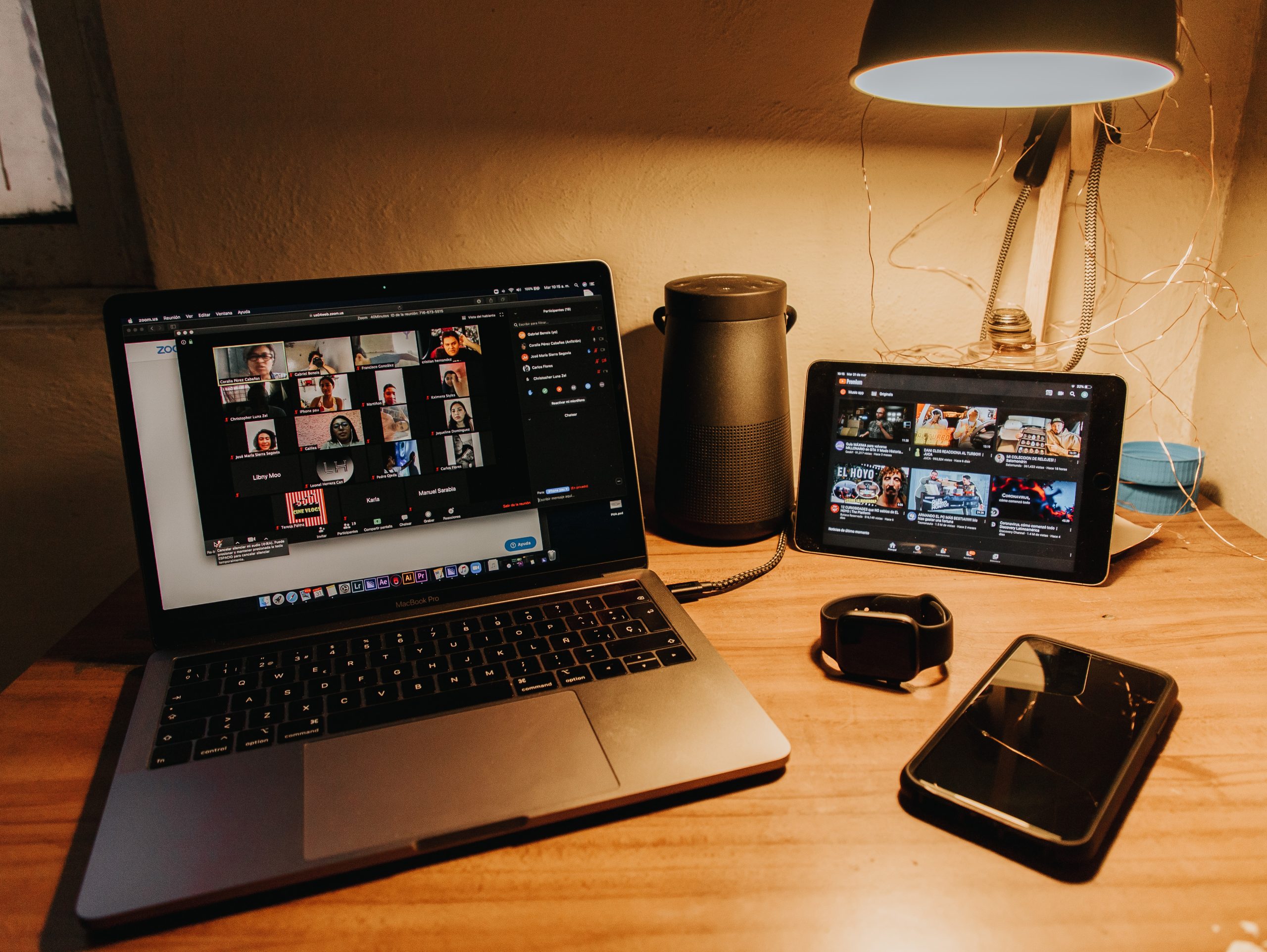Are you tired of feeling like Big Brother is watching your every move at work? Employee monitoring has become increasingly prevalent in many workplaces, raising concerns about invasion of privacy and ethical boundaries. From keystroke logging to video surveillance, employers are using various tactics to monitor their employees. In this blog post, we’ll explore the growing trend of employee monitoring and its impact on our personal lives. Get ready for an eye-opening read that will make you question just how much privacy you’re willing to sacrifice for a paycheck.
What is Employee Monitoring?
Employee monitoring is the process of tracking and recording employee behavior. This can include everything from monitoring email and internet usage to tracking employee location and movements. Employee monitoring can be used for a variety of purposes, including improving productivity, protecting company information, and detecting workplace misconduct.
Although employee monitoring has been around for centuries, it has become increasingly prevalent in the modern workplace. With the advent of new technologies, employers have more ways than ever to track and record employee behavior. In some cases, employees may not even be aware that they are being monitored.
Employee monitoring can have a number of benefits for employers. By tracking employee behavior, employers can identify issues that may be affecting productivity. For example, if employees are spending a lot of time on personal email or social media during work hours, this can be addressed with proper coaching or training. Additionally, employee monitoring can help protect company information by deterring data theft or leakage. And finally, employee monitoring can help detect potential workplace misconduct, such as harassment or discrimination.
However, employee monitoring also raises a number of privacy concerns. Employees may feel like they are being constantly watched and judged by their employer. Additionally, there is a risk that sensitive company information could be inadvertently accessed or leaked through employee monitoring systems. As such, it is important for employers to carefully consider the benefits and risks of employee monitoring before implementing any type of system in the workplace.
The Different Types of Employee Monitoring
There are a few different types of employee monitoring that employers may engage in. The most common type is video surveillance, which can be used to monitor employee behavior and activity. Other forms of employee monitoring include tracking employee computer usage, phone calls, and email communications.
Video Surveillance: This type of employee monitoring involves the use of cameras to record employee activity. Employers may install cameras in the workplace to monitor employee behavior and activity.
Computer Tracking: This type of employee monitoring involves tracking an employee’s computer usage. Employers may track which websites an employee visits, what they search for online, and how much time they spend working on their computer.
Phone Call Monitoring: This type of employee monitoring involves recording and listening to phone conversations between employees and customers or clients. Employers may also track which phone numbers an employee calls and how long they talk on the phone.
Email Monitoring: This type of employee monitoring involves reading through employees’ email communications. Employers may look for specific keywords or phrases in emails to determine if an employee is discussing company business with outsiders.
Pros and Cons of Employee Monitoring
Employee monitoring is a contentious issue. Some argue that it is a necessary part of running a business, while others believe that it is an invasion of privacy. Here are some pros and cons of employee monitoring:
PROS:
1. Employee monitoring can help to increase productivity.
2. It can help to identify issues before they become bigger problems.
3. It can provide valuable data that can be used to improve processes and procedures.
4. It can help to create a more positive work environment by promoting transparency and accountability.
5. It can help to ensure compliance with company policies and procedures.
CONS:
1. Employee monitoring can invade employees’ privacy.
2. It can lead to feelings of mistrust and paranoia among employees.
3. It can make employees feel like they are being constantly watched and evaluated, which can be stressful.
4 .It can be costly to implement, especially if sophisticated software and hardware are required .
5 . If not managed properly, employee monitoring can have negative consequences for both employees and employers
How toOpt Out of Employee Monitoring
Most of us are unaware that our employer is monitoring our every move, both online and offline. Employers have the right to monitor their employees to ensure that they are productive and not engaging in any activities that could harm the company. However, many employers go beyond what is necessary and invade their employees’ privacy.
If you feel that your employer is monitoring you too closely, you may want to opt out of employee monitoring. Here are a few things you can do:
1. Talk to your boss about your concerns. If your boss is reasonable, he or she may be willing to change the way employee monitoring is conducted in your workplace.
2. Use a private browsing window when using company computers. This will prevent your employer from seeing your online activity.
3. Do not use company email for personal correspondence. Use a personal email account for anything that you do not want your employer to see.
4. Be careful what you say on the phone. Remember that calls made on company phones can be recorded.
5. Keep personal belongings out of sight at work. Do not leave personal items like photos or diaries where they can be easily found by your employer.
6. Request a copy of the employee handbook and read it carefully. Many companies have policies in place regarding employee monitoring. If you feel that your rights are being violated, you can file a complaint with HR or take legal action against your employer
Alternatives to Employee Monitoring
There are a number of ways to monitor employee productivity without invading their privacy. Here are a few alternatives to traditional employee monitoring:
1. Performance-based bonuses – Instead of monitoring employees’ every move, tie their bonuses to specific performance goals. This will give them the freedom to work in the way that’s most productive for them, while still being accountable for results.
2. Employee surveys – Ask employees periodically how they feel about their job and workload. This feedback can be used to make adjustments to the way work is assigned and monitored.
3. Tracking project milestones – rather than tracking individual employee activity, focus on ensuring that key project milestones are met. This will ensure that everyone is working towards the same goal and that no one falls behind.
4. Open communication – Encourage an open dialogue between managers and employees about expectations, workloads, and concerns. This will help identify any potential issues early on, before they cause major problems.
Conclusion
Employee monitoring is becoming increasingly intrusive, as companies strive to increase productivity and efficiency. This can have a detrimental effect on the mental well-being of employees who feel watched and monitored every hour of their workday. While there may be benefits to employee monitoring, it is important that employers consider the potential impact on employee morale before implementing such measures. Ultimately, employers should ensure they are respecting their workers’ privacy while still meeting business goals in order to create a healthier workplace environment.









